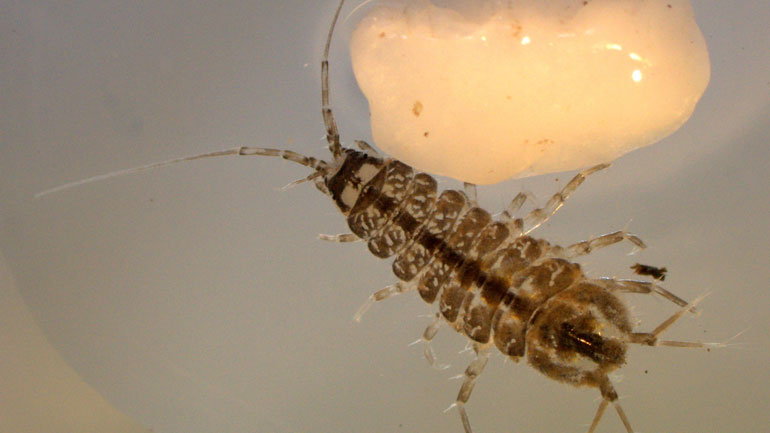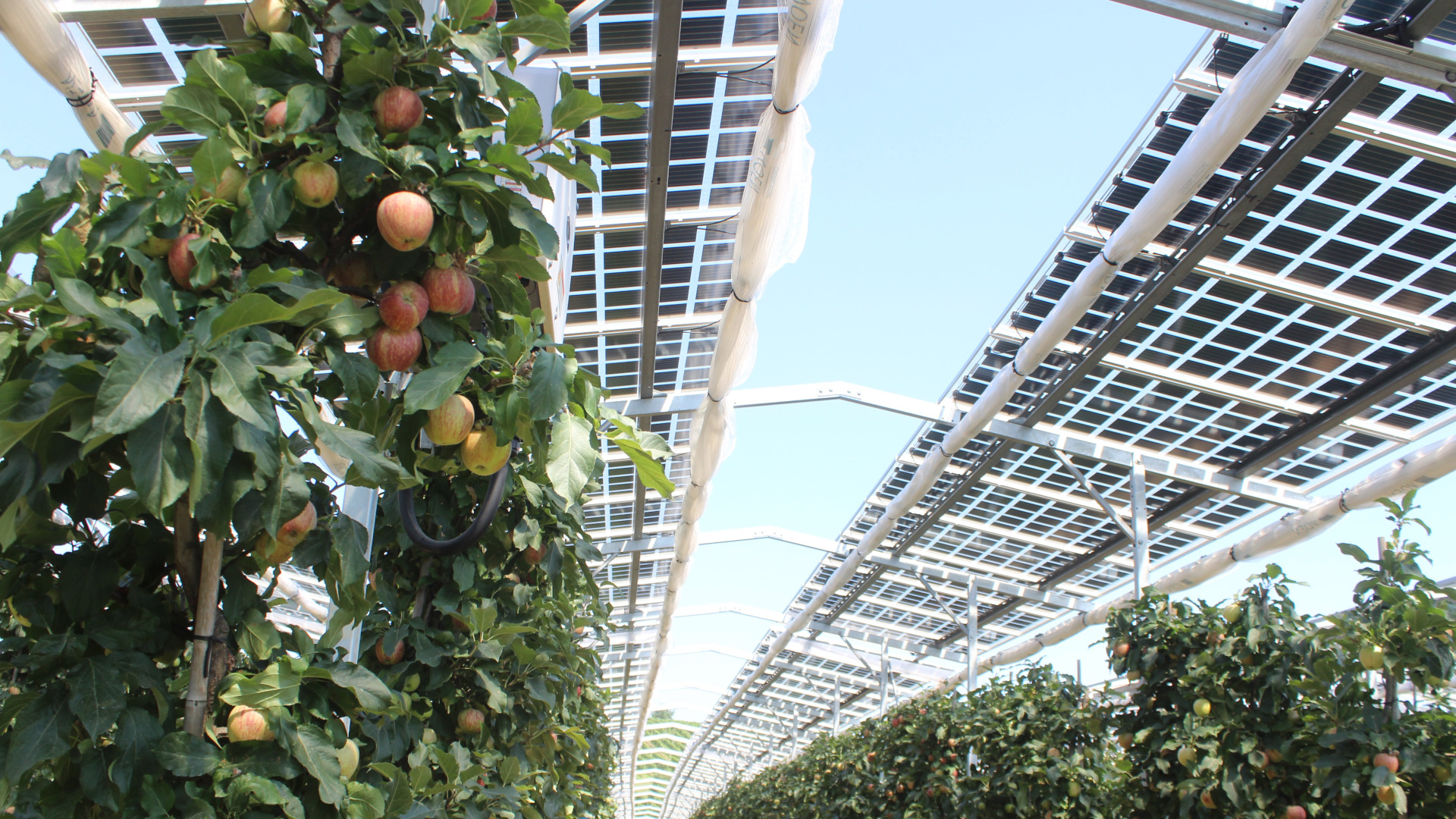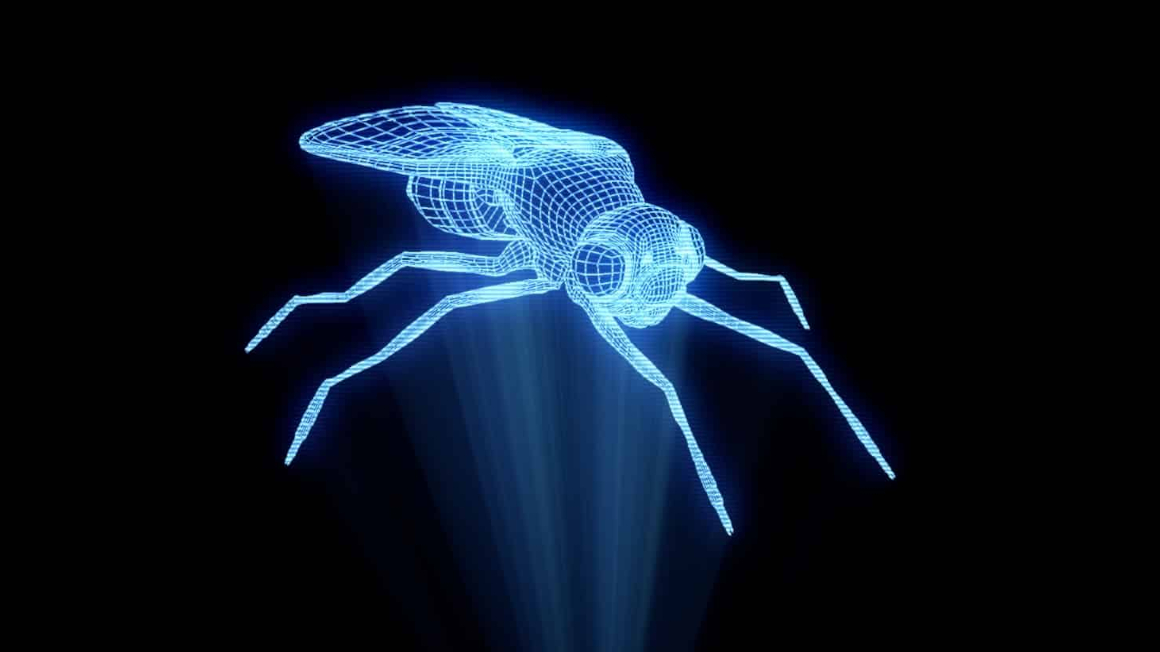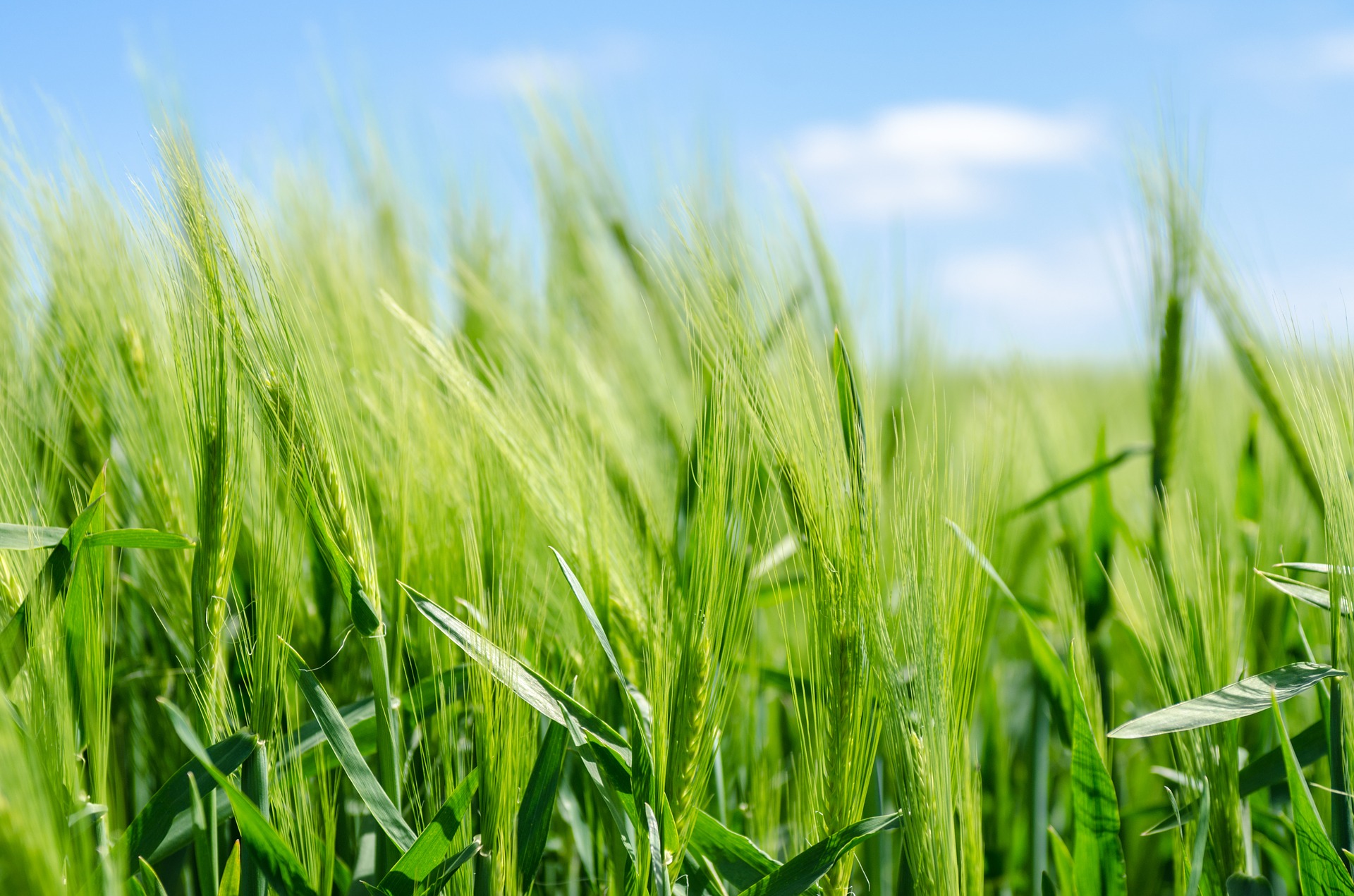
Drinking water is a natural product and is comprised of around 80% groundwater and spring water. Not surprisingly, the quality requirements for drinking water are extremely high. To this end, intricate analyses provide information on water quality and reveal whether the infrastructure of the water system is in proper working order. For water utility companies, it is also becoming increasingly important to maintain precise knowledge of their water catchment areas so that the respective protected areas can be exactly defined and demarcated. Moreover, the new EU Drinking Water Directive emphasises risk assessments for funded regions, which necessitates corresponding and appropriate methods of measurement.
Water dwellers as indicators
Because drinking water supply systems, from wells to waterworks to pipelines, are populated by a huge variety of wildlife, biological indicators can be extremely informative for these types of hydrological questions and environmental assessments. While some of these count as naturally occurring, others are less desirable and problematic, including the crustacean Asellus aquaticus, which is widespread in northern and western Europe. In some areas, these tiny creatures propagate rapidly and broadly, although they ultimately pose more of an aesthetic than a hygienic problem. Nevertheless, combating this issue is a painstaking, complex and sometimes prolonged process.
Genetic fingerprint enables an analysis of origin
To gain a more detailed understanding of the propagation patterns of these water lice, experts working at the Institute for Groundwater Ecology IGÖ GmbH at the University of Koblenz-Landau have developed a testing procedure that functions not unlike a form of genetic fingerprinting. In this ‘StygoTracing’ process, the origins and the genealogy of the lice can be analysed by means of a DNA check.
Thereby, every creature becomes a biological tracer, thus giving a clear picture of the origins and relationships of different water lice populations. The testing method also provides insights into the flow characteristics of water and the interrelationships between underground water systems. “Using the example of water lice, our test worked perfectly,” says IGÖ head Hans Jürgen Hahn.
A service for the water sector
Since 2014, within the framework of the ‘SME Innovative: Biotechnology’ initiative, the Federal Ministry of Education and Research (BMBF) has provided funding of 580,000 euros for the development of the molecular biology test. The DNA test lays the groundwork for more efficient, targeted and cost-effective control strategies for dealing with water lice drinking water systems. Today, the IGÖ offers the aquatic fauna DNA check as a service for the water sector and academic research. Thereby, it sees itself as something of a pioneer: “Worldwide, we are among the first to use this kind of test system,” says an emphatic Hahn.
Exploring the microcosms of groundwater
Now, a different ‘SME Innovative’ project is occupied with expanding the StygoTracing process to other animal species in groundwater and surface water. “The groundwater remains a largely unexplored microcosm,” says Hahn. At this time, six pilot regions have been identified across Germany, and three species have moved into the focus of the researchers as biological ‘tracer organisms’ that are worthy of further investigation. As Hahn reports, during the course of the field work, a new species that is not yet described in the literature turned up in the nets of the researchers, meaning that the applied research into testing methods for water management is even providing relevant basic knowledge on biodiversity in the water ecosystem.


